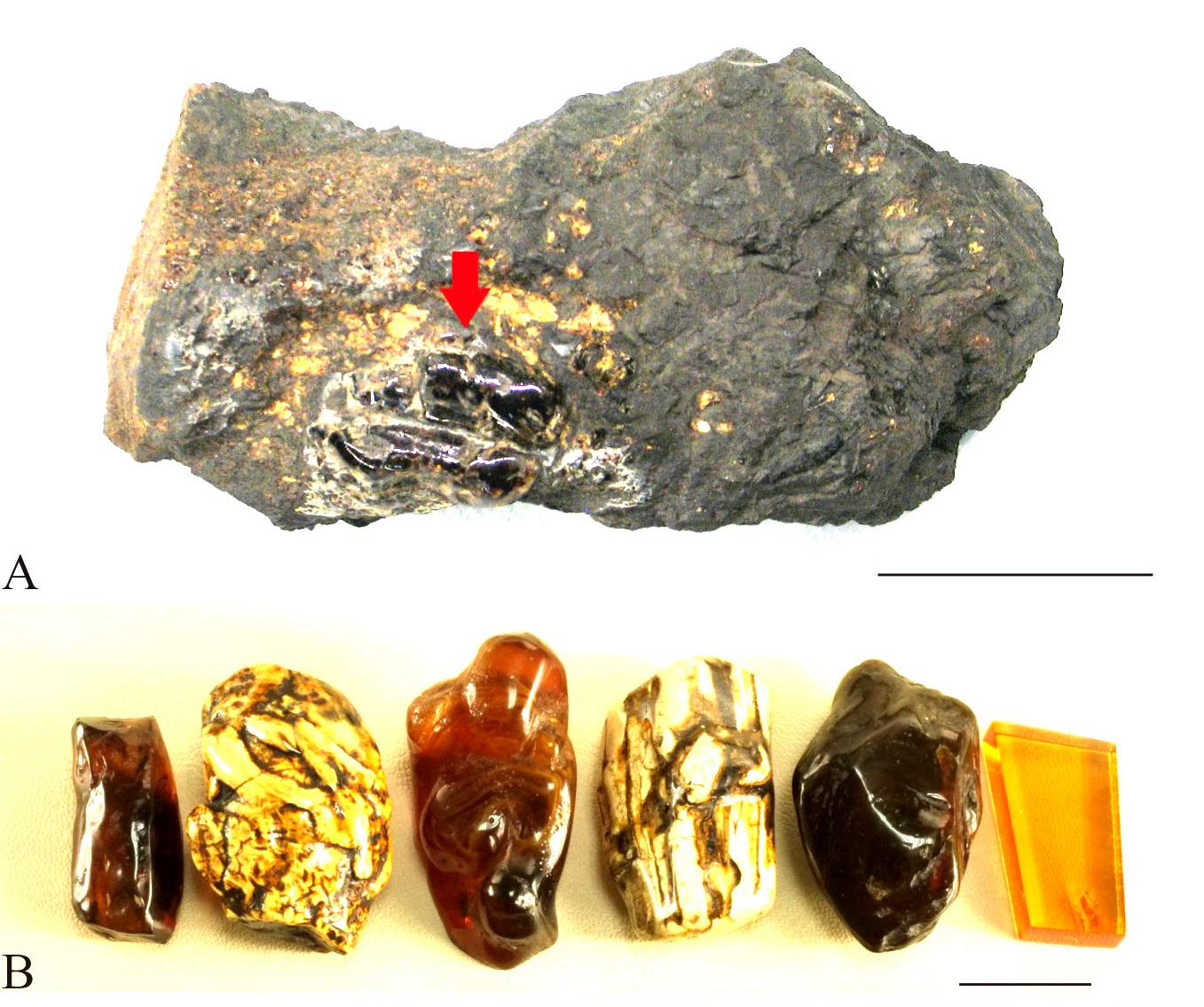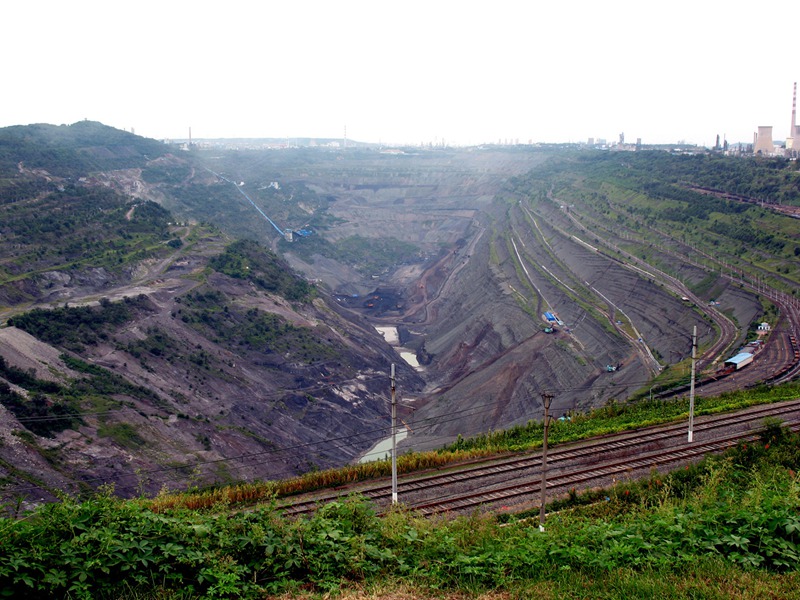Amber-bearing deposits are among the most important Konservat-Lagerst?tten providing unique windows into past ecosystems. Fushun amber has been known for over a century and was traditionally regarded as an important source of medicine as well as organic gemstones. The inclusions, however, were not the subject of a comprehensive investigation and its paleobiota and scientific significance were inevitably overlooked in almost all mainstream paleontological literature.
After more than 110 years of mining, the opencast mine is closing at Fushun ending the supply of amber. We now have a final opportunity to study this fossil resin and its inclusions before local knowledge fades and collections are dispersed.
Professor Zhang Haichun from Nanjing Institute of Geology and Palaeontology, Chinese Academy of Sciences and his team, reported a unique amber biota (50–53 million years ago) from the Lower Eocene of Fushun in northeastern China which fills a large biogeographic gap in Eurasia. Fushun amber is derived from cupressaceous trees as determined by gas chromatography-mass spectrometry, infrared spectroscopy, and paleobotanical observations. Twenty-two orders and more than 80 families of arthropods have been reported so far, making it among the most diverse amber biotas. Our results reveal that an apparent radiation of ecological keystone insects including eusocial, phytophagous, and parasitoid lineages occurred at least during the Early Eocene Climatic Optimum. Some insect taxa have close phylogenetic affinities to those from coeval European ambers, showing a biotic interchange between the eastern and western margins of the Eurasian landmass during the early Paleogene.
Fushun amber contains the only Paleogene Asian (Laurasia-originated) arthropod biota that has sufficiently numerous and diverse fossils to permit detailed investigation. It not only fills a crucial biogeographic gap in Eurasia, but spans the Early Eocene Climatic Optimum (EECO) which is considered an important analogue for inferring future effects of warming trends on biotic interactions, making it a vital source of information for biotic change during the Paleogene.
This study provides the first detailed, comprehensive investigation for the Fushun amber. So far, we have found abundant arthropod inclusions belonging to more than 80 families, making it amongst the most diverse amber biotas. In spite of the cessation of mining operations, the already gathered material is being studied and holds the potential for a deeper understanding of Paleogene biogeography and environmental change.
This research was supported by Chinese Academy of Sciences and National Basic Research Program of China.
The paper was published in Current Biology (Wang Bo*, Rust J., Engel M.S., Szwedo J., Dutta S., Nel A., Fan Yong, Meng Fanwei, Shi Gongle, Jarzembowski E.A., Wappler T., Stebner F., Fang Yan, Mao Limi, Zheng Daran, Zhang Haichun* (2014) A Diverse Paleobiota in Early Eocene Fushun Amber from China. Current Biology, doi: 10.1016/j.cub.2014.05.048.)

Amber samples

Representative plants and arthropods in Fushun amber. 
View of the West Opencast Coalmine.
Download:
